
Last week B. showed interest in various art techniques so I decided to dedicate this week to art. It started well, B. tried all the activities and practiced his concentration skill greatly. However, at the end of the week he had just two art activities left, because he misused them either dangerously for him or for the environment.
Misusing activities
Misusing (art) activities is not a new thing for us. He is 2,5-years-old and only now I feel he could handle some art activities on his shelves independently. But this week it was probably still too much. He chewed through two crayons which left his mouth full of small pieces I could not get out. Then he drew on the wall with a pink marker and on the wardrobe with a green crayon. He flipped drawers with color pencils on the floor and chewed on them, he licked stamps while stamping on the paper, he put stickers all around his room and on his clothes. Every time he did something with art activities he is not supposed to, I asked him about the rules regarding the activity. He knows we put stickers on cardboard cards, we draw on papers… After two warnings I put the misused activity away.

I think B.’s misusing activities is not about not having space to realize his art ideas. As an example I will describe what happened after he drew on the wall with a marker. At that time I thought: “OK, he needs more space, not just A4 size paper.” So I prepared an easel with huge cardboard (105 x 75 cm). After a while of drawing I noticed he tries to draw on the other side of the cardboard and an easel too. I redirected him but it did not have a long lasting. Then he started to mingle around the sofa. So I decided to finish this markers drawing activity, which was accompanied by B.’s wicked laughter.
It is not about not knowing and applying rules, it is not about incapability to handle materials. He is experimenting with what he will be allowed to do. After situations like this I really try to have rules clear and boundaries firm. That is why I put misused activities away.
Shelf activities
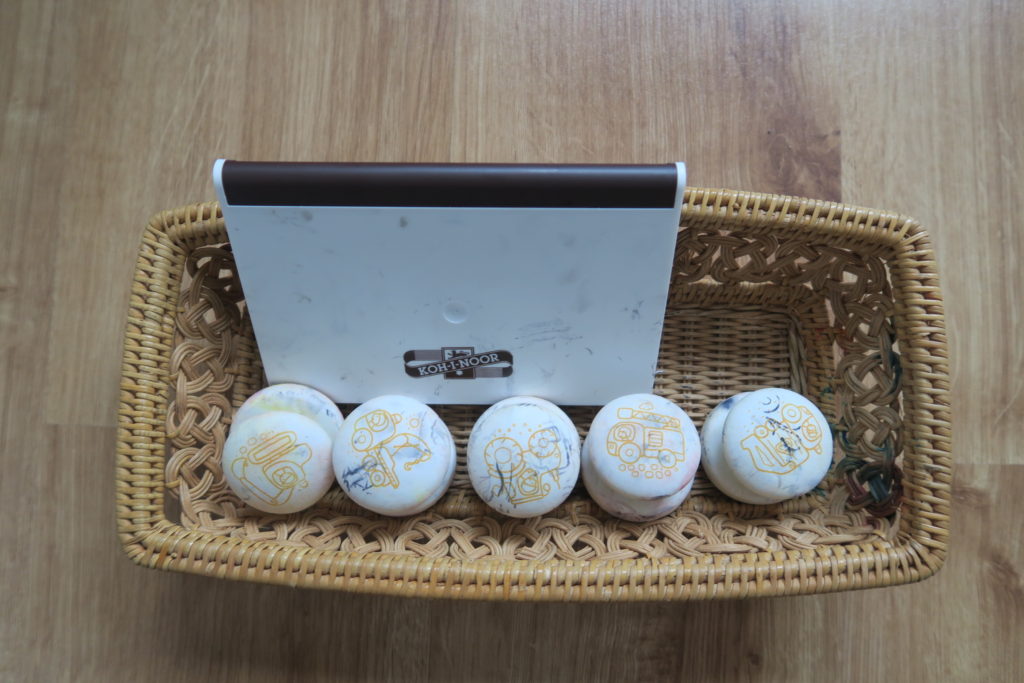
Very easy and simple but B. loved it.

Stamping like never before. Until he started licking stamps…

Sticker activity. Great for concentration and fine motor skills.

Sticking so many stickers (many are overlaping). Until he attempted to stick them all around the room.

Sewing activity. This is one of two activities which B. used properly and safely every time.
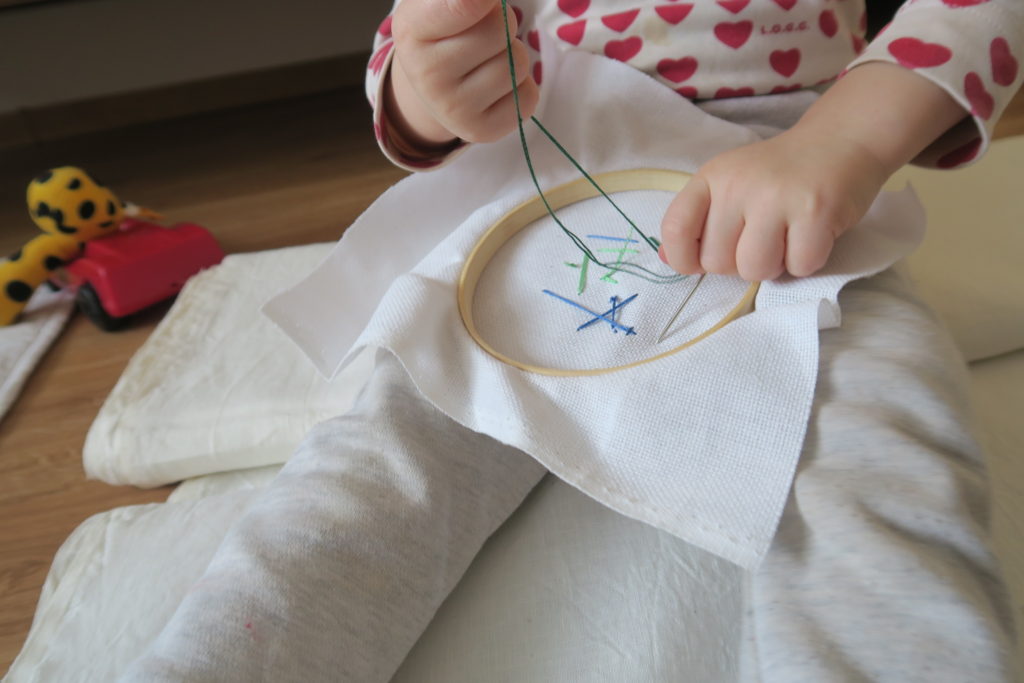
Concentration on the roll of linen canvas which I was cutting for another activity. Do not disturb now!
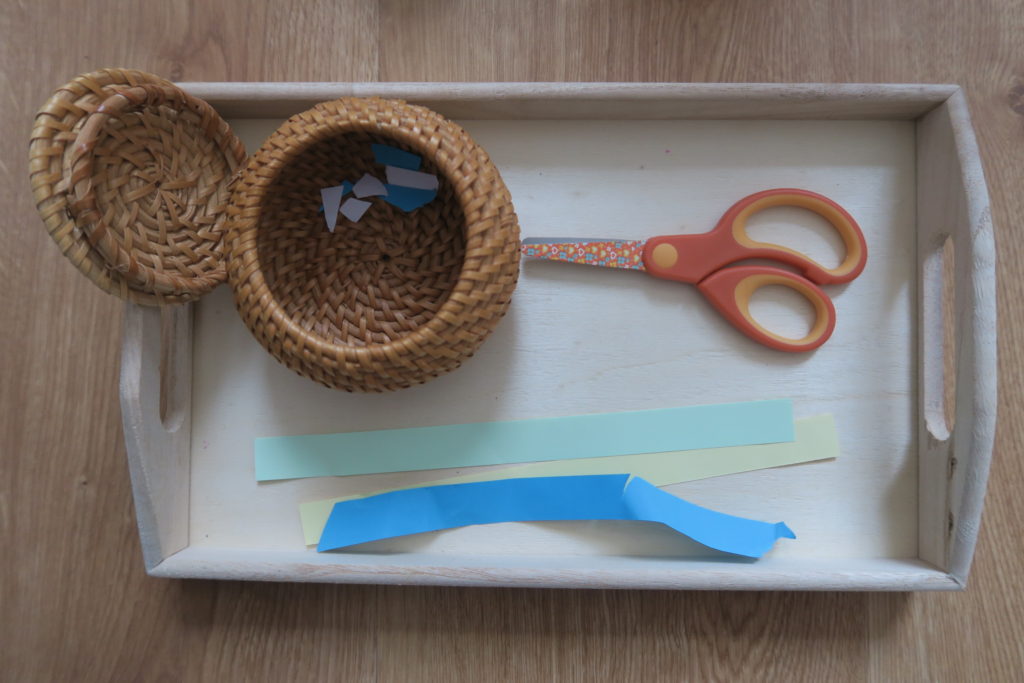
Cutting activity. Once I found him practicing at 6 am.
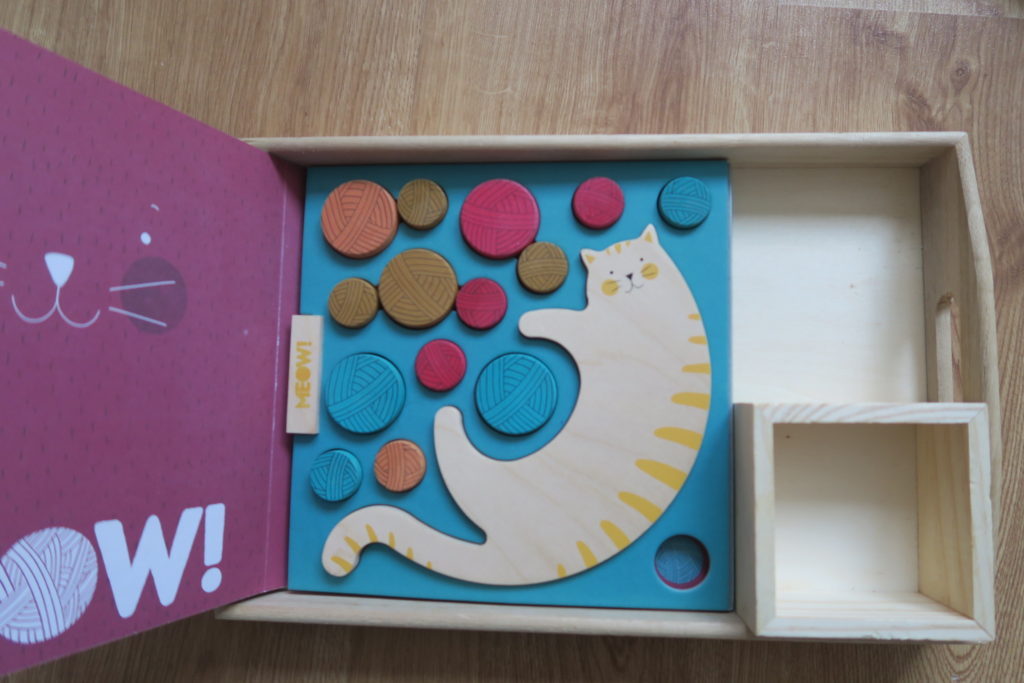
Balancing toy. My original intention with this activity was to have it like a puzzle. Put pieces out and then in. However, what a surprise for me when B. started to put balls of yarn on the cat’s body…
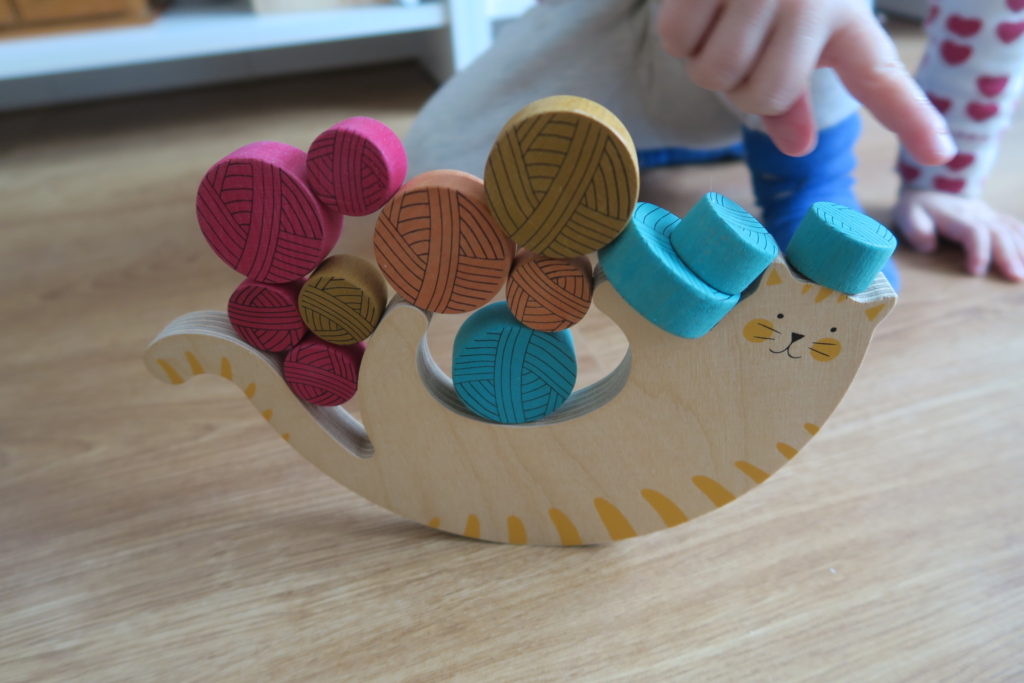
Shelf activities on demand
Some activities were left on top shelves on demand because they were either messy or needed to be used under supervision.
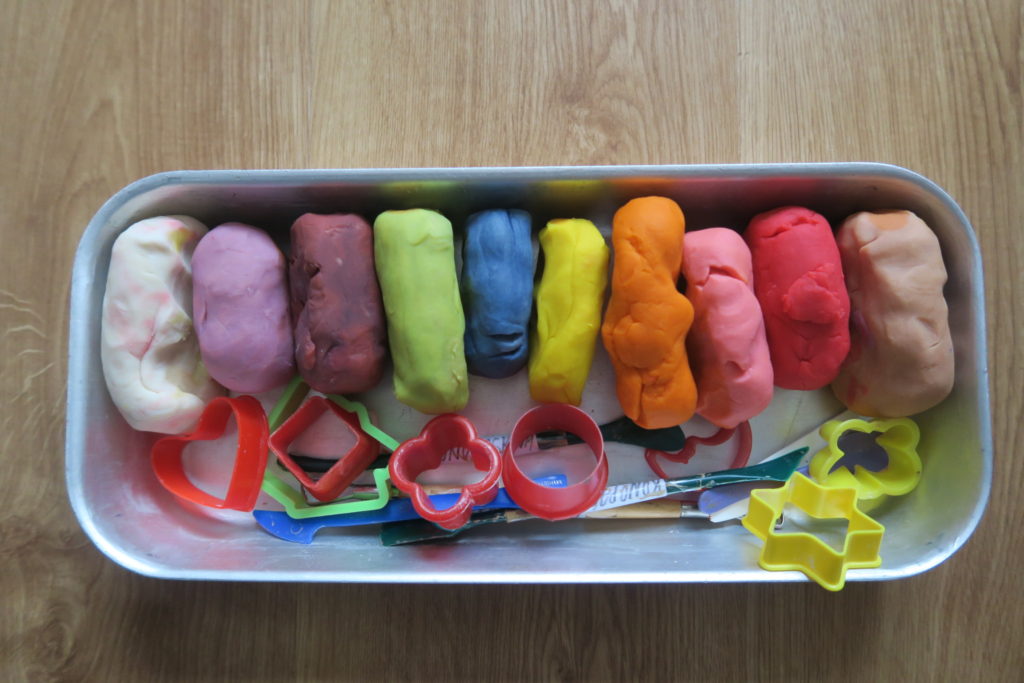
We received this play dough by Svet plastelíny as a gift from B.’s aunt V. We immediately fell in love with it. Beautiful colors, irresistible smell, soft to touch.
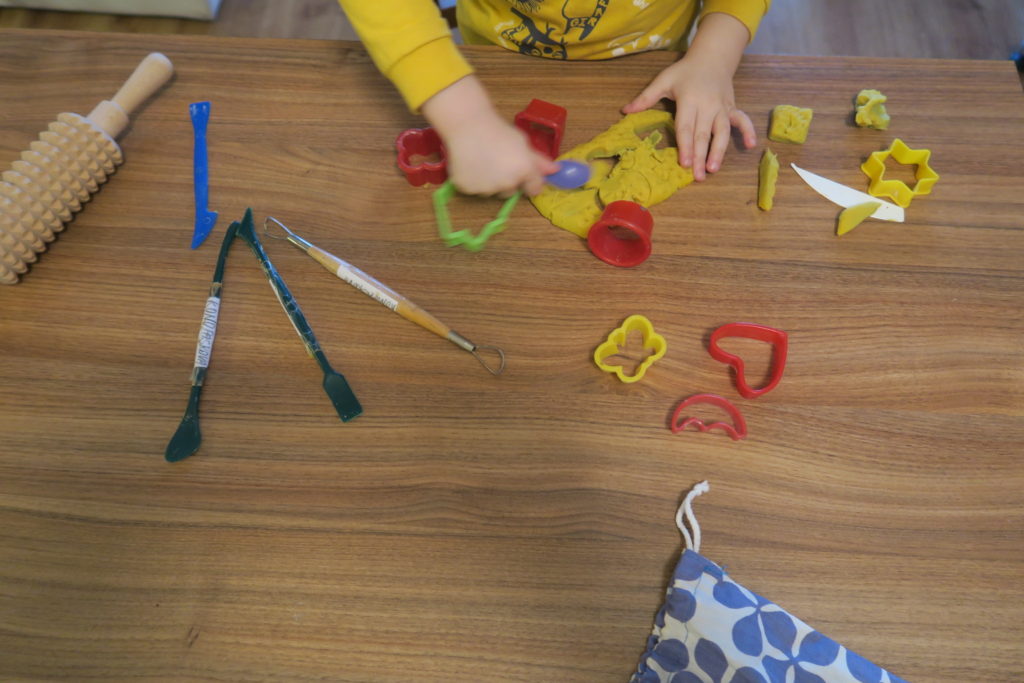
We both were engaged for almost an hour. Even M. joined us and it turned into a lovely family activity.

Drip painting with primary colors. Vitamin dropper, toilet paper and food coloring.

Mixing colors in practice. M. was cooking in the background…
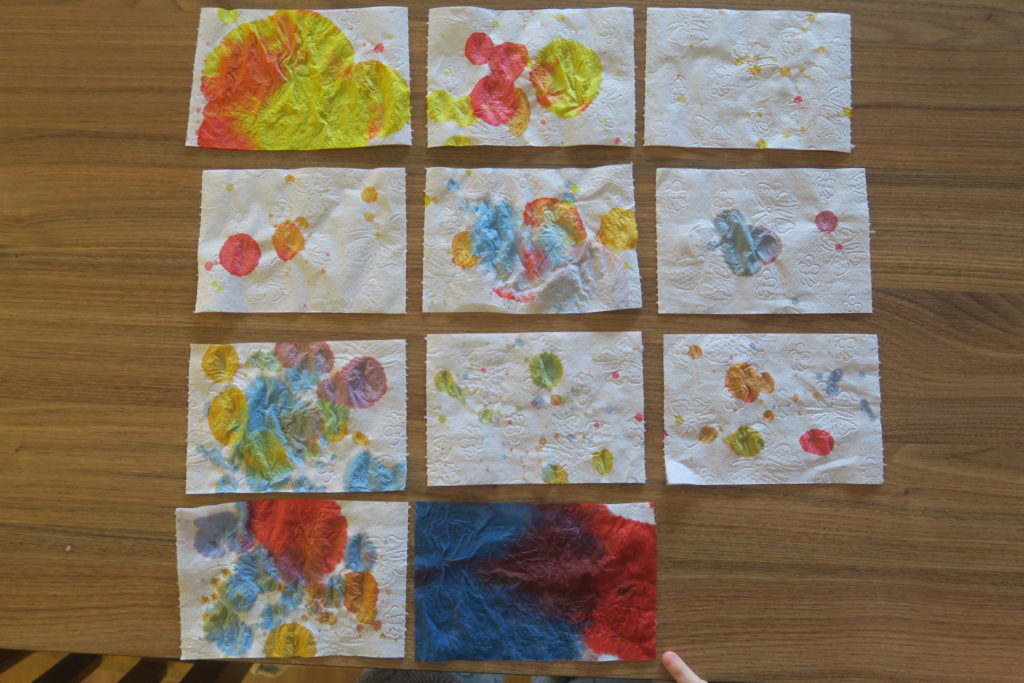
Results. B. made so many pieces. It was a sign for me to end up the activity when he spilled water from red and blue jars. But he created beautiful purple color. That is what we were talking about while I took a photo.
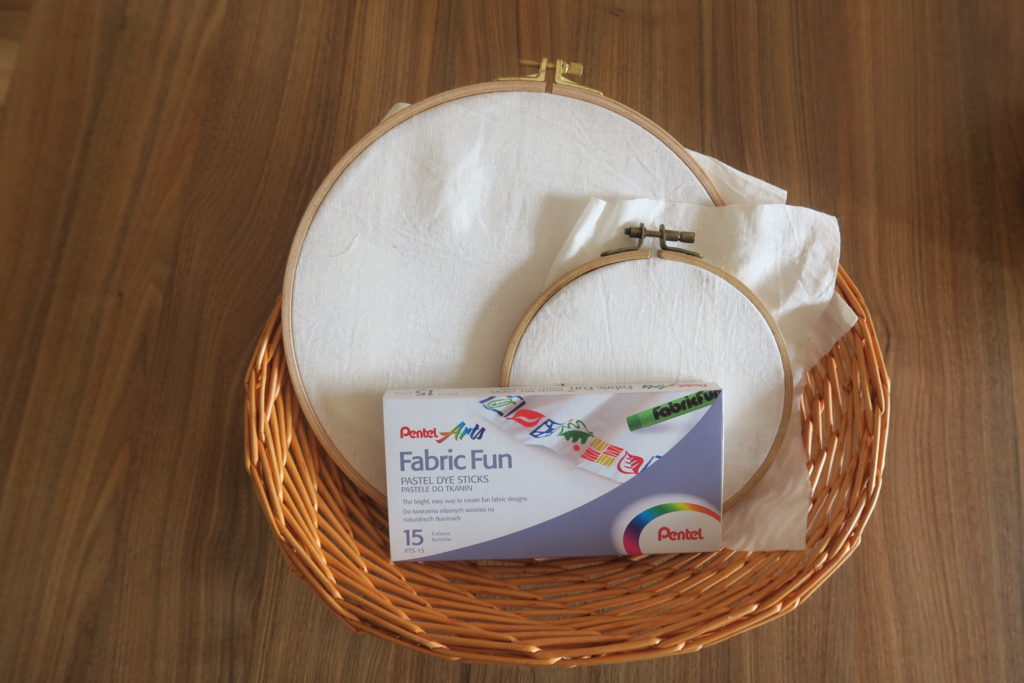
This is an activity which I was cutting the linen canvas for. I discovered pastel dye sticks in one of e-shops and I had to try it! It is supposed to work like this: you draw on fabric, press over it with a hot iron. Pressing should make the dye permanent and the fabric could be washed.
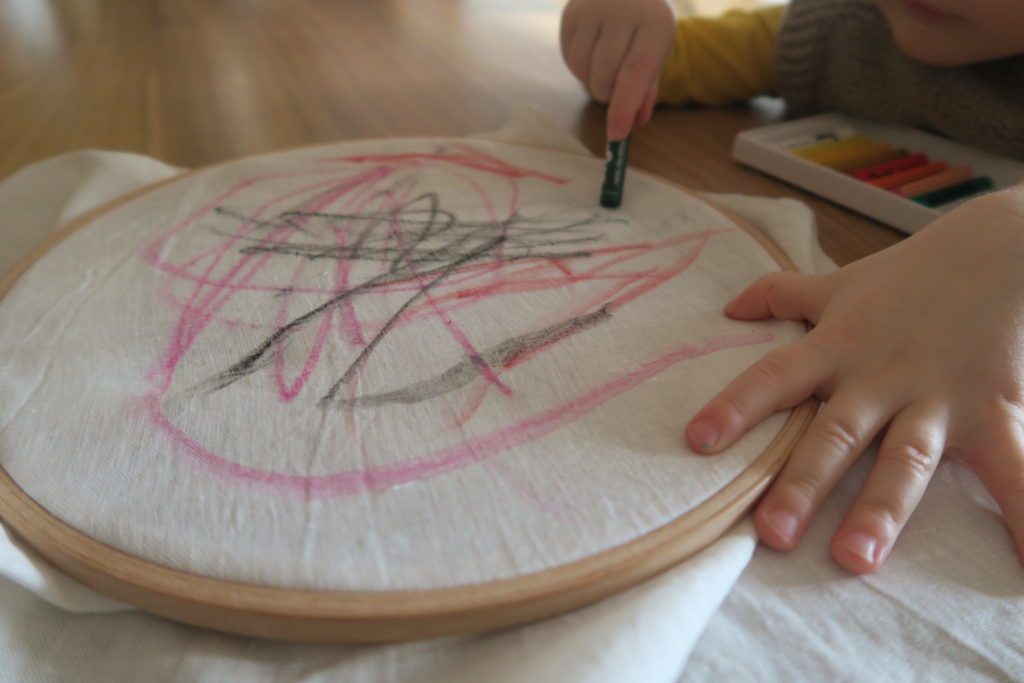
We used an embroidery hoop to stretch the fabric, which made it easy to apply the dye.
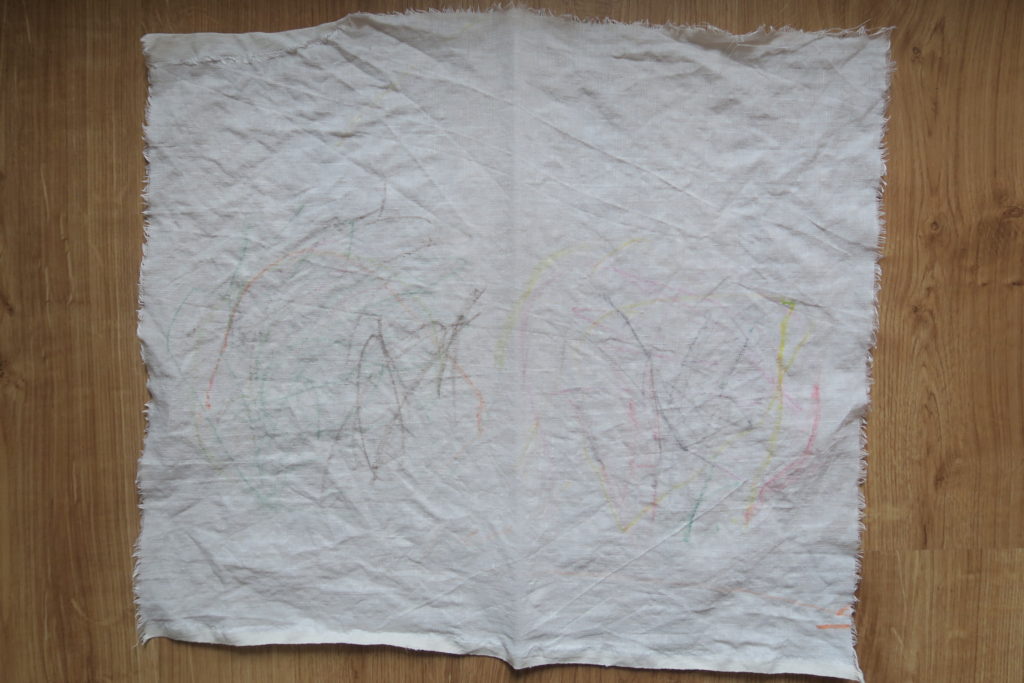
However, the result after washing is disappointing. I will definitely give it another go and try to press the fabric on maximum heat.

First time painting with acrylic paint.
Prescription box
This year we try a prescription box. I like the idea of having someone else creating and preparing activities for B. or us. Although it is quite costly I have decided for one. I chose a Mud and bloom box that is related to nature and gardening, because we live in an apartment without a garden and also I have zero experience and skills in gardening. So this is the way we both learn.
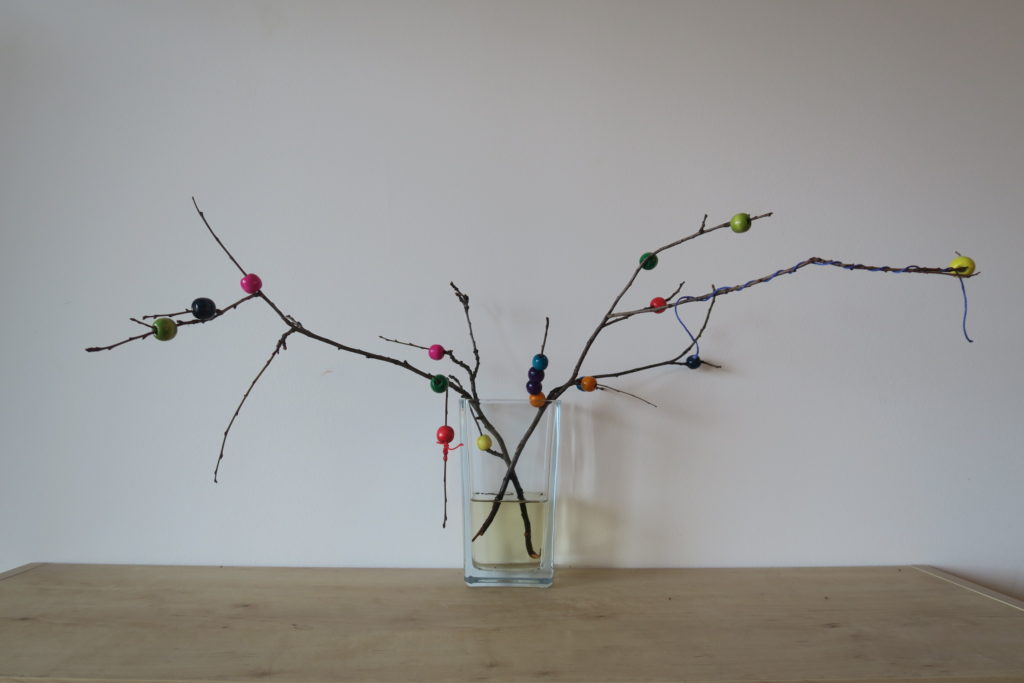
This is a beautiful activity from a January box – decorating twigs with colorful beads. It was a practice of hand-eye coordination and fine motor skills. I have chosen a (to me unknown) fruit tree which will bloom in few days. So this decoration will get even prettier.
Bookshelf

Books in English
- Art and how it works: An Introduction to Art for Children by Ann Kay. I bought this book on our visit to Viennese art museum Albertina in August 2020. Full of colorful and sometimes elaborate pictures, in which B. likes to look for objects. There are also some tasks that inspire children to take a close look at pieces of art.
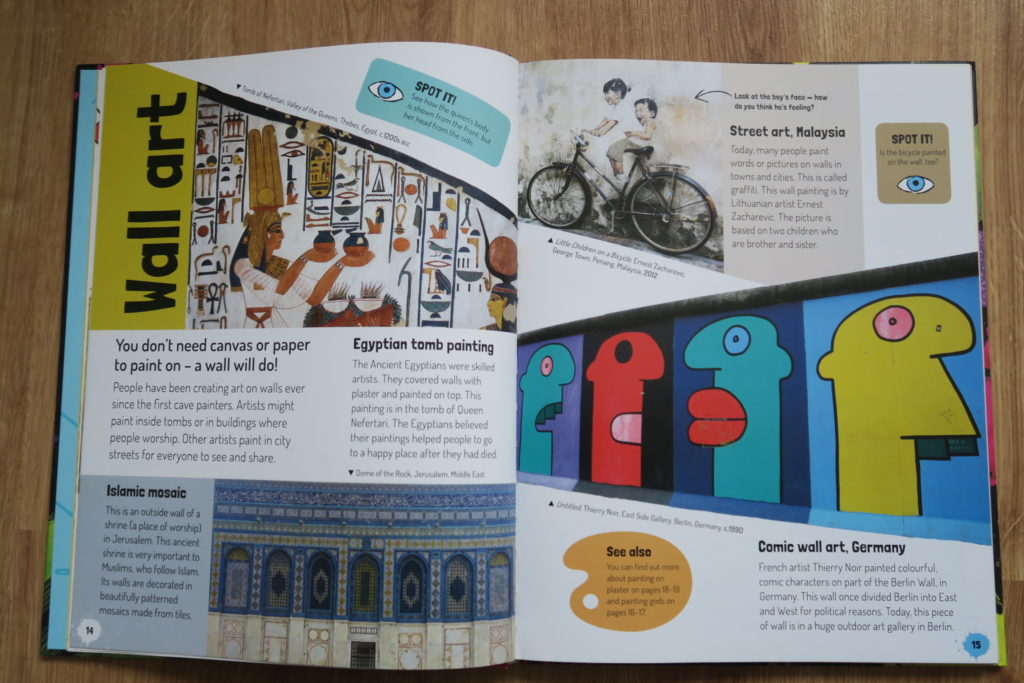

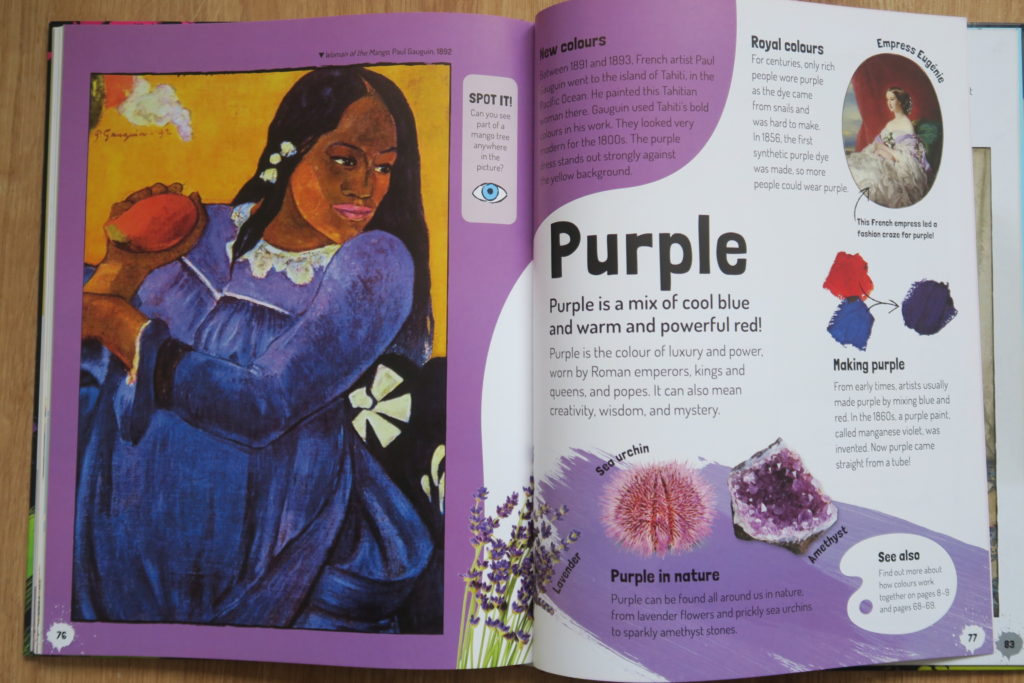
- Katie and the Waterlily Pond by James Mayhew. Katie visits an exhibition of Claude Monet’s paintings and she discovers what may or may not be hidden from the sight of the viewer…


- A Magical Day with Matisse, Sunday with Seurat, Painting with Picasso by Julie Merberg and Susanne Bober. These three books belong to Mini Masters series. Paintings are accompanied with short rhymes that concisely interpret the art piece. For now Picasso is B.’s favorite.


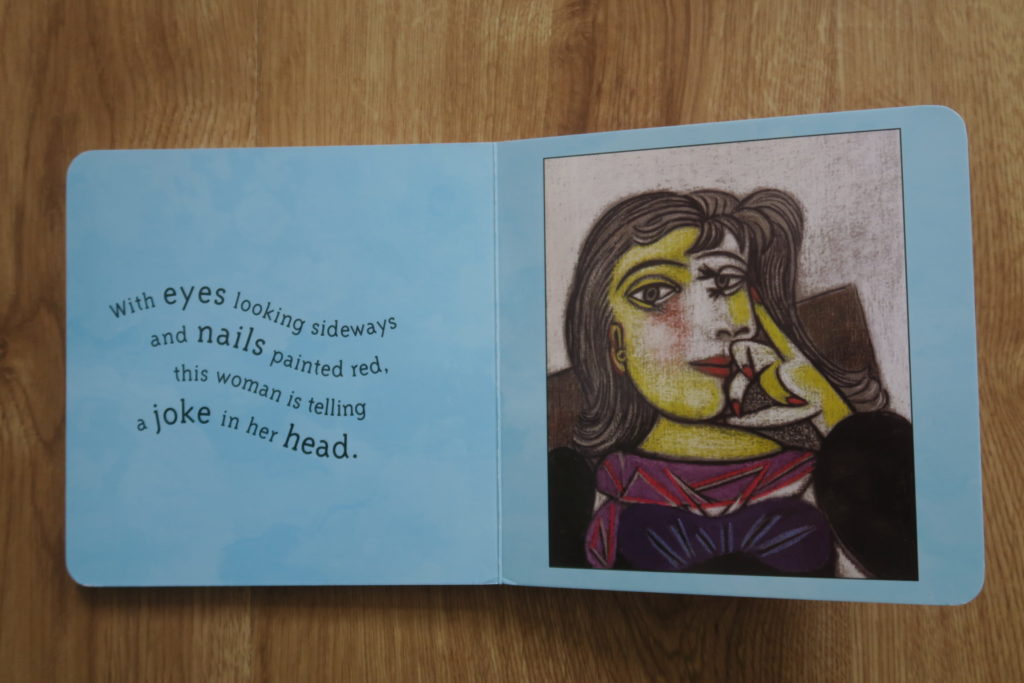
- Hands Are Not for Hitting by Martine Agassi. This book shows what is safe to do with hands and what is not.

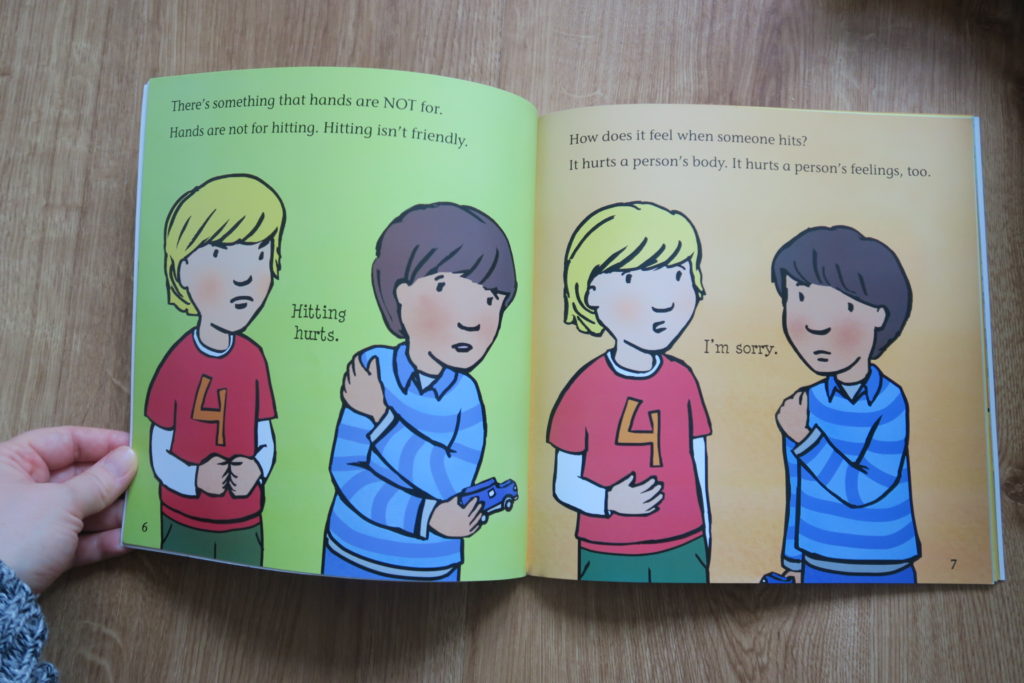
- Mary Cassatt: Family Pictures by Jane O’Connor. Paintings combined with cartoons offer easy to understand content. Although children were sitters for many paintings in this book, B. has not been interested in it yet.
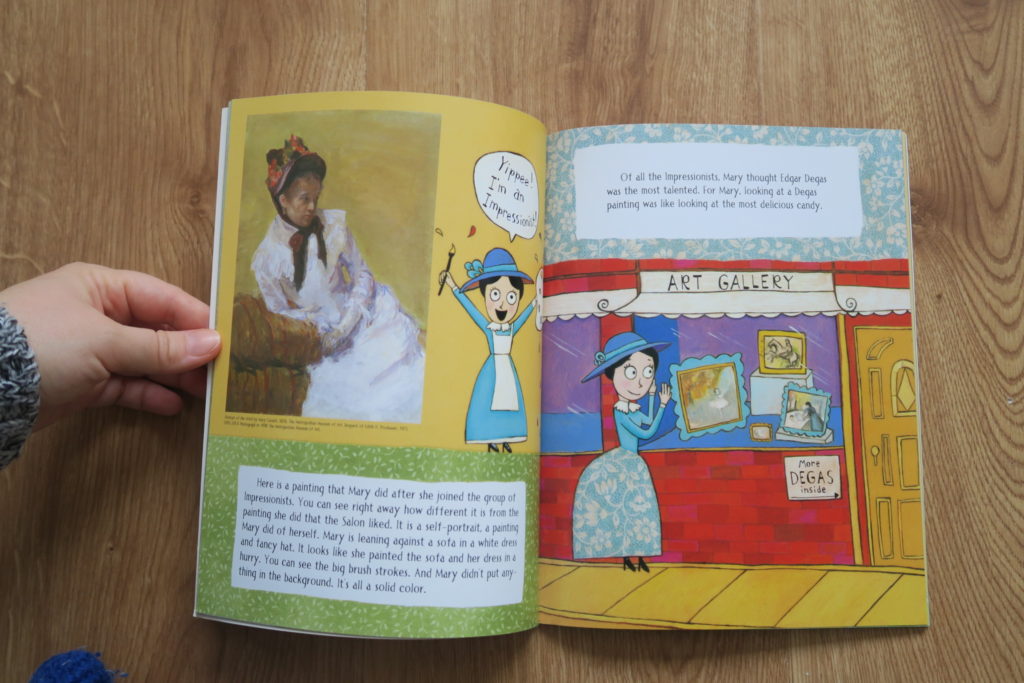
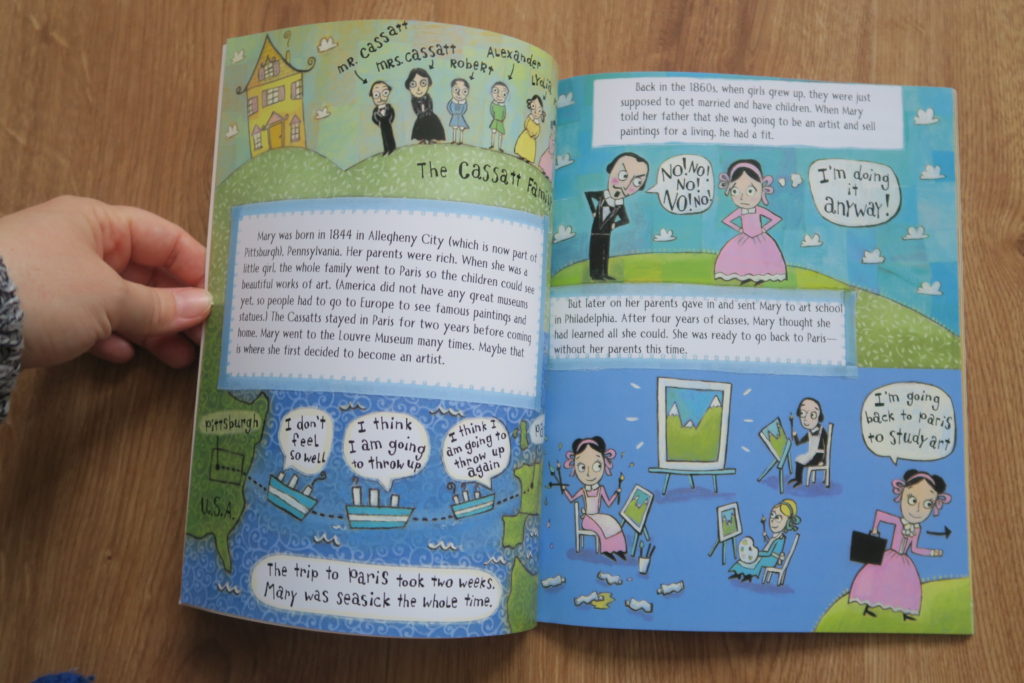
- Hands Can by Cheryl Willis Hudson. This book presents safe things our hands are able to do or learn. The text rhymes, what makes reading even more fun.


- Swirl by Swirl: Spirals in Nature by Joyce Sidman. Art was greatly inspired by nature and a spiral is quite often used. The text in the book is short, simple and rhymes a little.
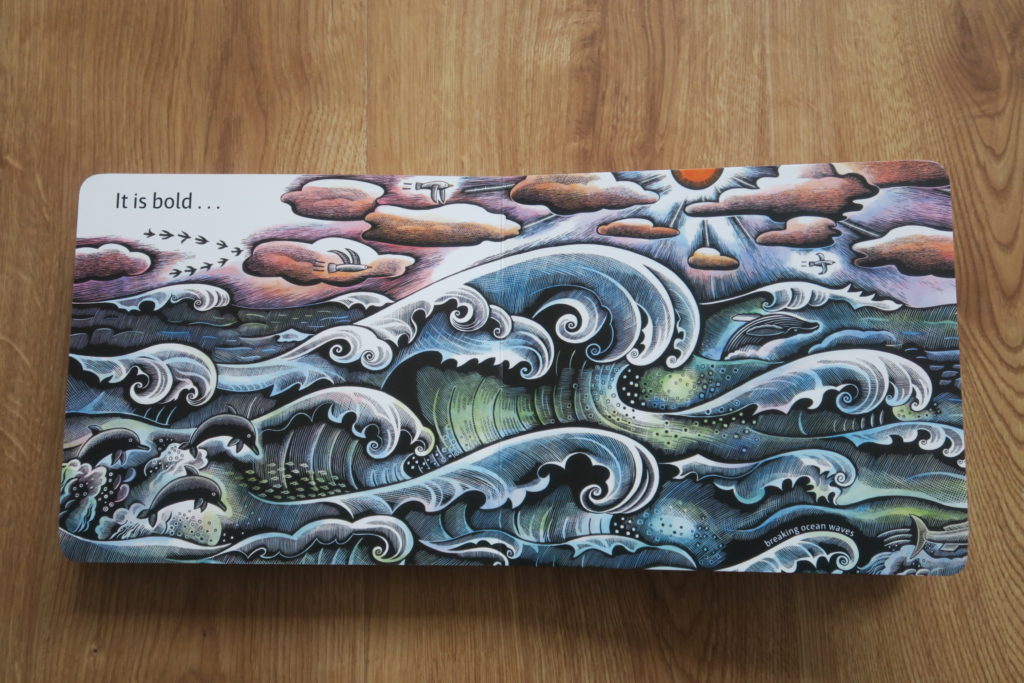

Books in Slovak
- Knižka or Press here by Hervé Tullet. Playful and interactive book with primary colors.
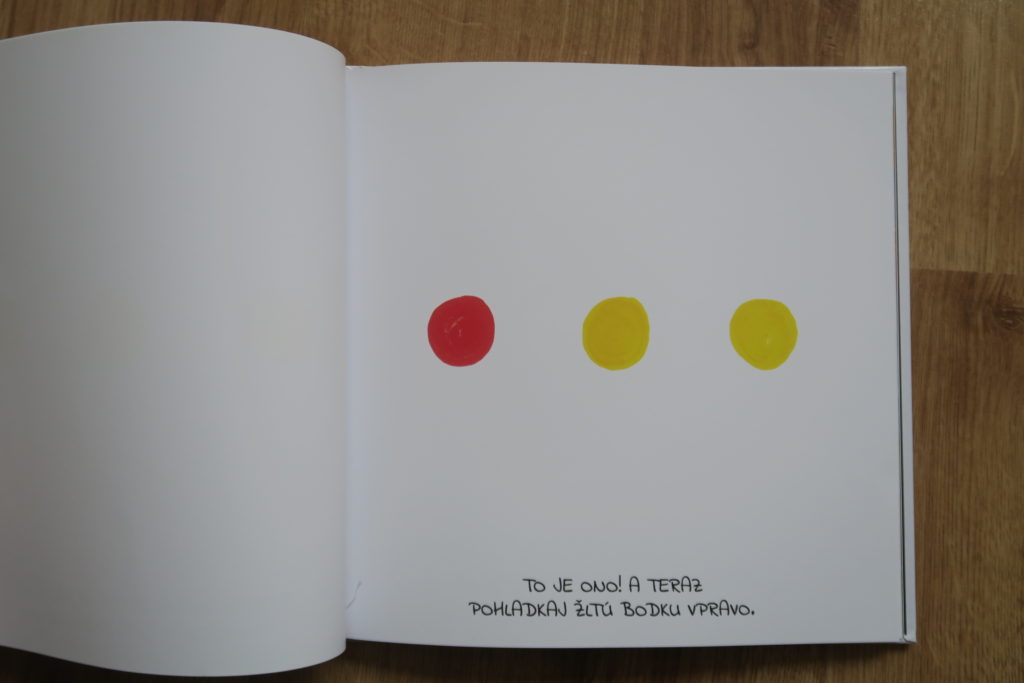
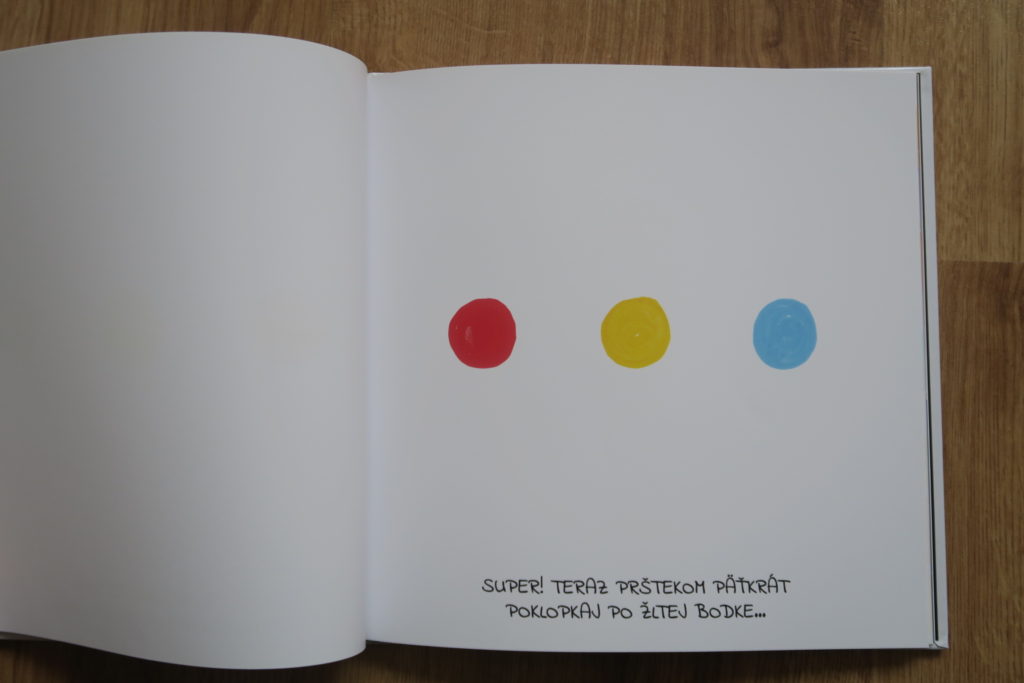

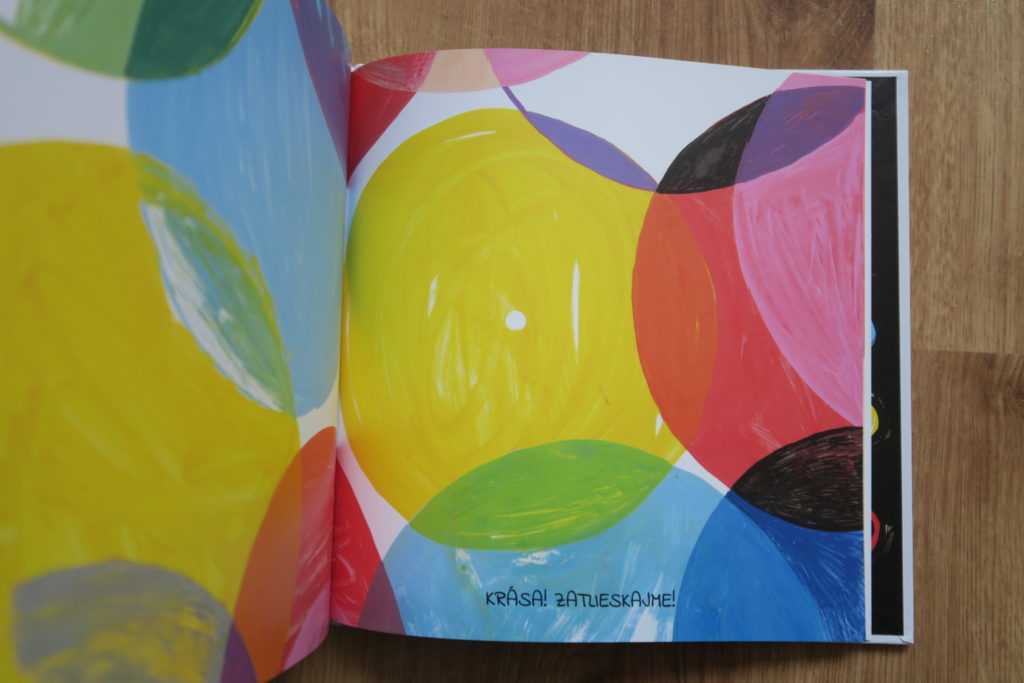
- Svet optických ilúzií or Optical illusions by Inga Menkhoff. B. was not very interested in this book, it is definitely for older children; however, several times he said that circles in the book are spinning. I think the book served the purpose. I took some time to explain that circles in the book are not spinning but they look like they are spinning.
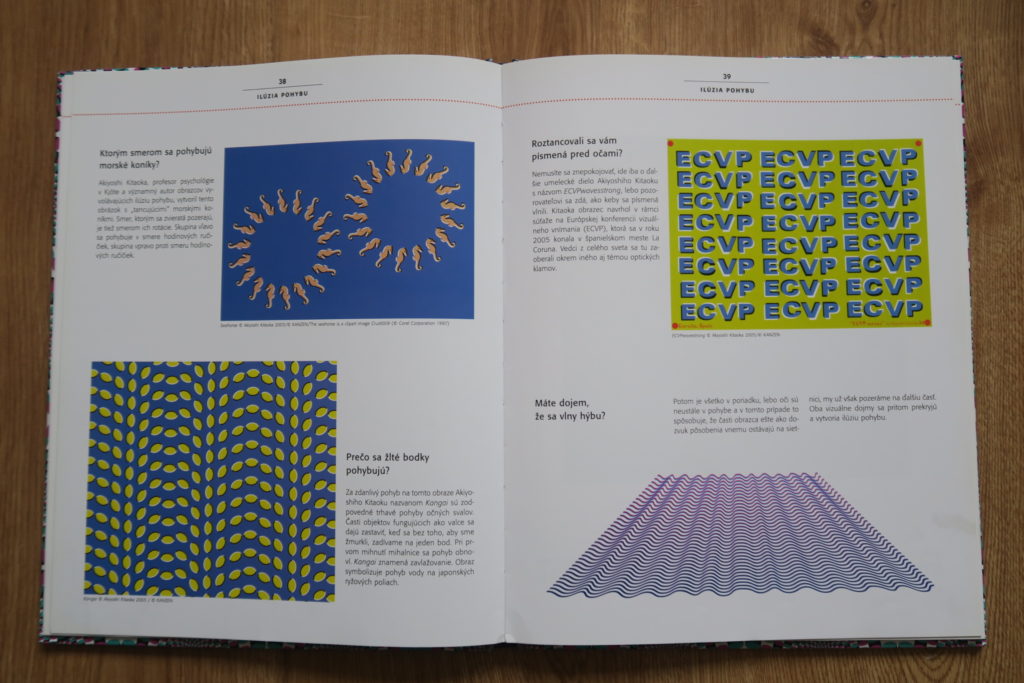
- Kniha o výtvarnom umení pre deti or The Children’s Book of Art: An introduction to famous paintings by Rosie Dickins. Art history is explained to a young reader. This book has not been opened this week. I am sure its time will come later.


Conclusion
This week was too short to do all the activities I have prepared. Never mind. I am sure there will be the right time to take an activity out of nowhere… It’s a pity that current pandemic situation does not allow us to visit any art gallery or art museum nearby.
